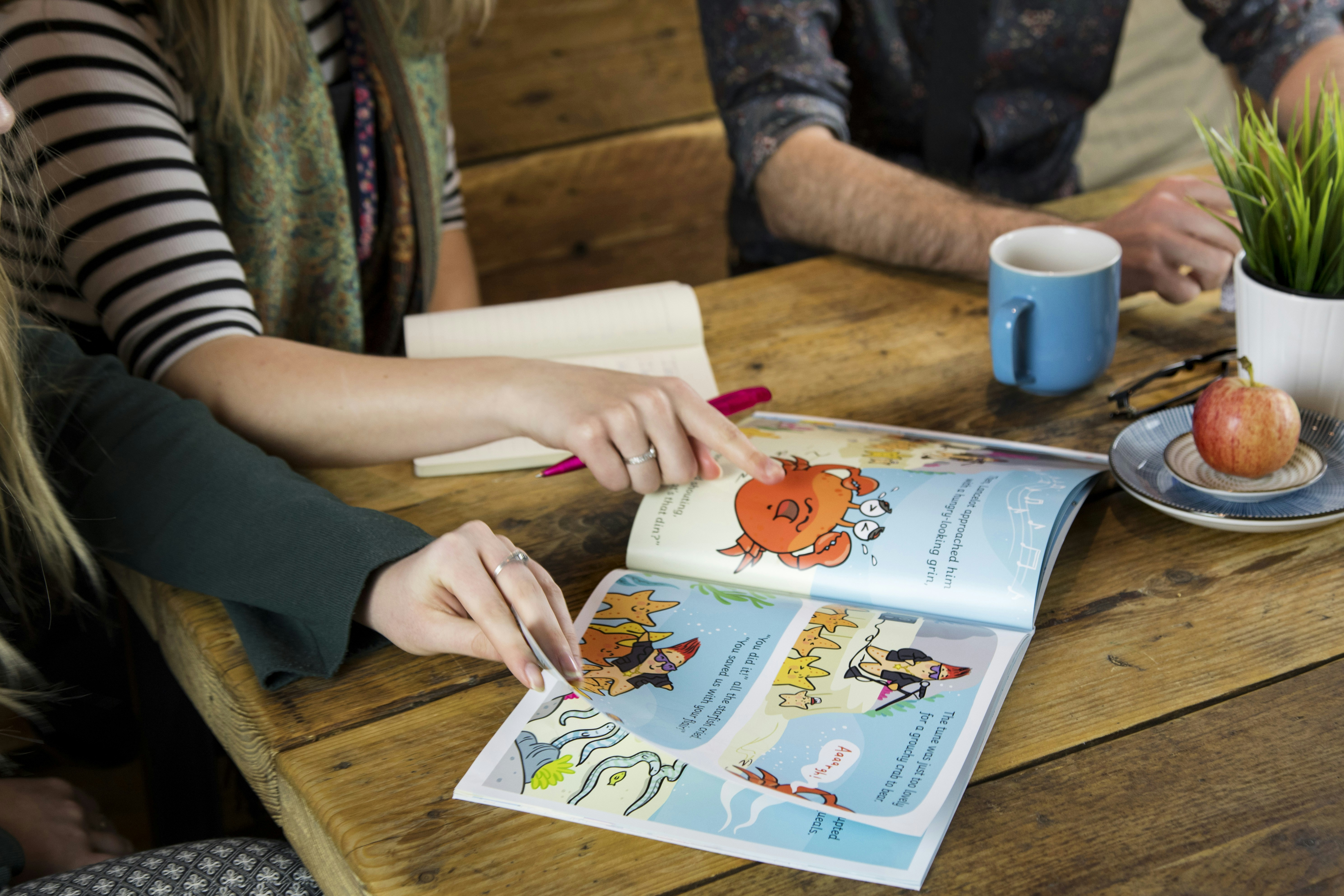Engaging Audiences: The Art of Knowledge Sharing Through Entertainment and News
August 16, 2025 | by ar.priyankamalpani@gmail.com
The Power of Storytelling in Education
Storytelling has long been recognized as one of the most potent tools in education, serving as a bridge between knowledge and understanding. The use of narratives creates a framework in which complex information can be distilled into engaging, memorable formats. When learners encounter stories, they not only absorb facts but also connect emotionally with the material, fostering a deeper comprehension and retention of knowledge. The psychological impact of storytelling taps into the brain’s natural affinity for patterns and sequences, allowing learners to relate to experiences depicted in the narratives.
Research shows that the human brain processes stories differently than conventional instructional methods. By incorporating elements such as characters, conflicts, and resolutions, storytelling activates various cognitive functions, making educational material more relatable and enjoyable. This is particularly beneficial in a classroom setting or online learning environment, where maintaining engagement is crucial. Stories cater to different learning styles, accommodating visual, auditory, and kinesthetic learners alike. For instance, an educator can illustrate a historical event through a compelling story, allowing students to grasp not just the facts but also the emotional and sociopolitical nuances that shaped that moment in time.
Success stories abound from both traditional media and digital platforms. Documentaries often integrate storytelling techniques, transforming complex subjects into captivating narratives that resonate with audiences. Similarly, innovative education platforms utilize interactive storytelling, combining entertainment with information to enhance learning experiences. Examples include gamified learning modules that encourage students to explore subjects through immersive narratives, thus promoting retention of knowledge and active participation. By integrating storytelling into educational content, educators can create a powerful synergy between entertainment and information, ultimately elevating the learning experience and equipping learners with the tools they need to thrive.
Innovative Formats for Delivering Information
In today’s rapidly evolving media landscape, innovative formats have emerged as vital tools for delivering information and engaging audiences effectively. Among these formats, podcasts, videos, and interactive content stand out for their ability to convey complex topics in an accessible and entertaining manner. Podcasts, for example, have surged in popularity, providing listeners with the flexibility to consume content while multitasking. This auditory format allows for in-depth discussions and storytelling, enabling hosts to connect with audiences on a personal level. As listeners tune in during commutes or workouts, the intimacy of voice can engage them with the material more than traditional news formats may.
On the other hand, videos combine visual and auditory elements to captivate viewers. Platforms like YouTube and TikTok have revolutionized video consumption, making it possible to present news and information through short, engaging clips. These video formats can be tailored to highlight key points, using graphics and animations to enhance comprehension. A well-produced educational video can succinctly encapsulate complex subjects, making them more digestible for the audience. For instance, channels like Kurzgesagt or Vox effectively use animation to simplify and explain scientific concepts, fostering a deeper understanding among viewers of all ages.
Moreover, interactive content, such as quizzes, infographics, and webinars, invites direct participation from audiences. This engagement fosters a sense of ownership and investment in the learning process. When users interact with content—be it answering questions or navigating through an animated infographic—they tend to retain information better. Educational platforms like Khan Academy and Coursera leverage these formats to offer not just passive information, but a participatory experience that enhances retention and understanding. By adapting to audience preferences and the latest technological trends, these innovative formats significantly improve knowledge dissemination and ensure that audiences remain engaged and informed.
RELATED POSTS
View all



